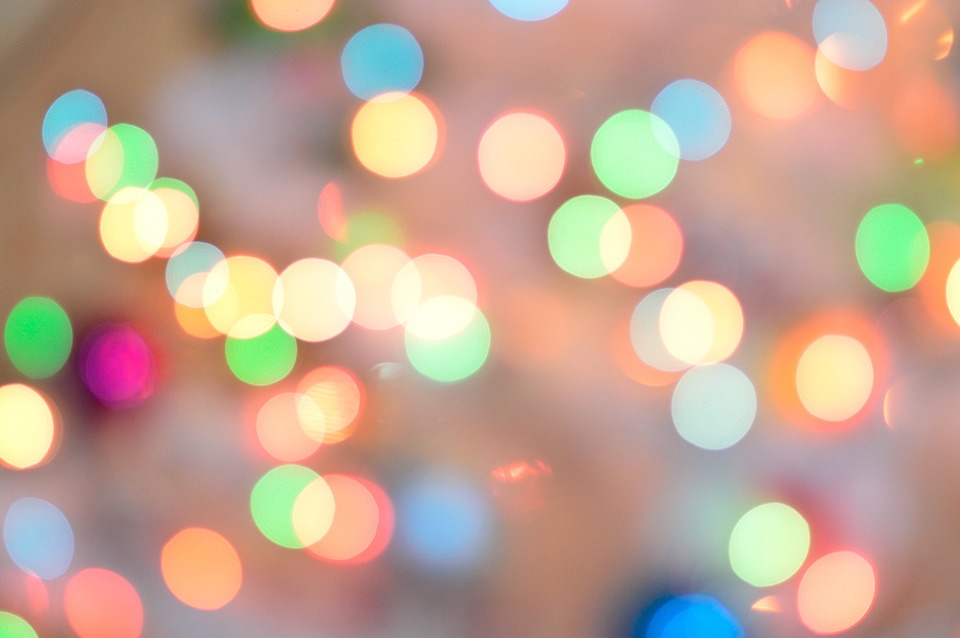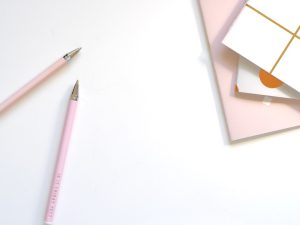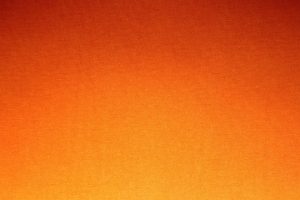The Power of Fiber in Graphic Design: Tips and Tricks
Graphic design is all about creating visual content that is aesthetically appealing and communicates a message effectively. The use of textures and patterns can help to add depth and interest to designs. One of the most versatile and widely used textural elements in graphic design is fiber.
Fiber is a versatile element that can add personality, depth and dimension to any design. It works well in all types of graphic design, such as print, web and packaging design. It can be used to create subtle effects, such as a woven look or a knitting pattern, to more pronounced effects, such as a burlap texture or a rope-like pattern.
Fiber can be used in different ways, such as creating patterns, borders or backgrounds. It can be used to create a natural feel, as well as a rustic, industrial or vintage look. In this article, we will look at some tips and tricks to effectively use fiber in graphic design.
1. Start With High-Quality Images
When incorporating fiber into a design, it is crucial to start with high-quality images of the fiber or fabric you want to use. This will provide you with the best texture and detail, making it easier to create a realistic and engaging design.
2. Experiment with Different Textures and Styles
There are countless ways to use fiber in graphic design. Experiment with different textures and styles to find what works best for your project. Consider using different types of fibers, such as burlap, jute, or linen, to achieve different effects.
3. Use Fiber as a Background
Using fiber as a background can add depth and dimension to a design, making it more visually appealing. Consider using a subtle fiber pattern as a background for text, images, or other design elements to create a cohesive and polished look.
4. Combine Fiber with Other Textures
Fiber works well with other textures, such as wood, metal, or stone. Combining different textures can add interest and complexity to a design. Use different textures to create a unique and visually appealing design that stands out.
5. Play with Color
Fiber is a versatile element that can be used in different colors, such as natural, black, or white. Experiment with different color combinations to find what works best for your project. Consider using shades of a single color or complementary colors to create a cohesive look.
6. Pay Attention to Scale
When incorporating fiber into a design, pay attention to scale. The scale of the fiber or textile should be appropriate for the overall design. A larger scale fiber may work well for a background whereas a smaller scale may work well for accents or borders.
7. Use Fiber for Texture
Fiber can be used to add tactile texture to a design. Consider using fiber to add realistic, three-dimensional texture to a design such as web buttons, logos, or other graphics.
8. Keep It Simple
When using fiber in graphic design, it is important to keep it simple. Subtle textures and patterns can add interest without overwhelming the design. Too much texture can create visual clutter and detract from the purpose of the design.
Conclusion
Incorporating fiber into graphic design can add personality, depth and dimension to any design. By experimenting with different textures, styles, and colors, and keeping the design simple and cohesive, fiber can help to create a visually appealing and engaging design.
Frequently Asked Questions:
Q: Can fiber be used in web design?
A: Yes, fiber can be used in all types of graphic design, including web design. It can be used as a background, texture or interesting detail for web pages.
Q: Is it possible to create fiber effects within graphic design software?
A: Yes, many graphic design software include built-in fiber and texture effects. These can be used to create subtle or more pronounced fiber effects within the design.
Q: Can fiber patterns be used in branding and packaging design?
A: Yes, fiber patterns can be used to add personality and interest to branding and packaging design. They can be customized to create a unique and memorable design that stands out.
Q: What types of fiber are best for graphic design?
A: There are many different types of fiber that can be used in graphic design, depending on the desired effect. Common fibers used include linen, jute, burlap, and cotton.
Q: Is it possible to create fiber effects on both digital designs and print materials?
A: Yes, fiber effects can be created on both digital designs and print materials, providing the designer follows the correct procedures and guidelines for printing.






